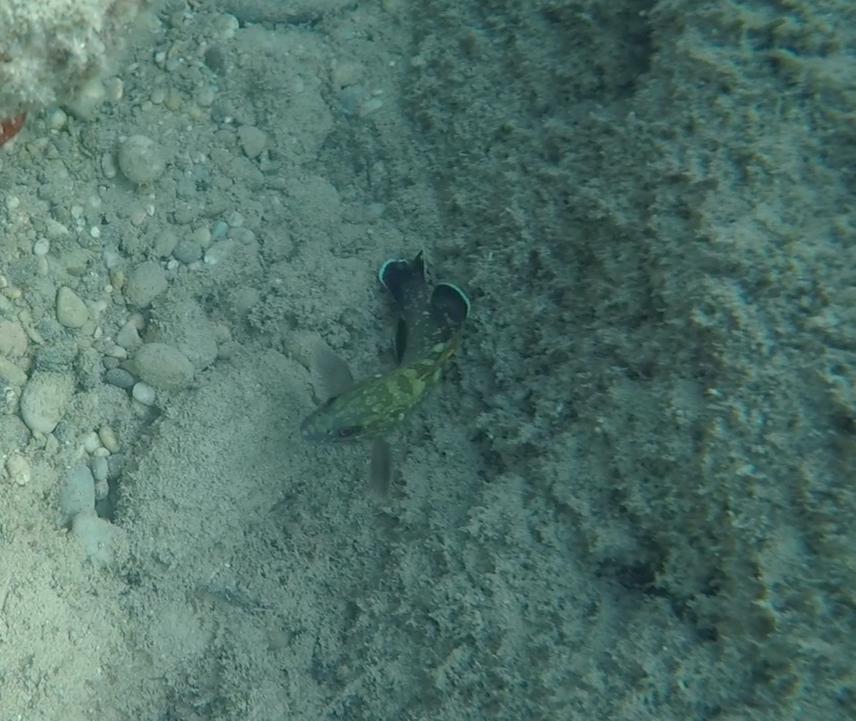Sinan Mavruk
Other projects
11 Dec 2017
Strongholds for Groupers in Iskenderun Bay, Grouper Fishery, Conservation and Management Practices
The main aim of our project is to determine distribution and spawning areas of Groupers in Iskenderun Bay.

Iskenderun Bay is one of the most important marine area in Eastern Mediterranean due to its hydrographic and geographic characteristics along with high biological diversity. The area has great importance also for threatened fish species, such as groupers. Seven grouper species inhabit Iskenderun Bay, unfortunately, two of them are classed under Near Threatened and one is classed under Endangered category in the IUCN’s Red List for Mediterranean population.
These species are important components of the local ecosystem with their high diversity and critical trophic roles. Unfortunately, they are quite fragile due to the external pressures like overfishing, biological invasions and internal pressures like slow growth, long life span, late sexual maturity, strong site fidelity and subtle formation of spawning aggregations.
Groupers’ populations are known to have a decreasing trend throughout Mediterranean. However, knowledge on their biology and ecology are limited from the eastern basin. Especially, we need information on their habitat tendency and spawning strategies to provide crucial data for their conservation policies.
Accordingly, our project will determine their distribution, habitat tendency, and spawning strategies (period and area) in Iskenderun Bay. Such information will also contribute to better assessment, conservation and management policies of local populations in the eastern basin.
In context of this study, we designed our sampling strategies by taking in to account that each individual is very important for conservation of a threatened species and learning as much as we can, at the same time minimizing our pressure is crucial. Therefore, we selected interview by using questionnaire and visual observation approach to understand their distribution and some biological characteristics. Unfortunately, a biological sampling is necessity to detect spawning periods and areas. In this regard we selected an ichthyoplankton-based approach to minimize the sampling damage on the local populations.